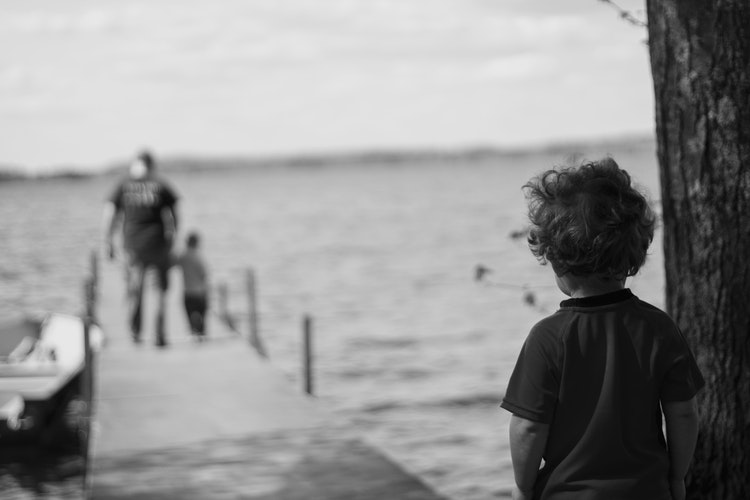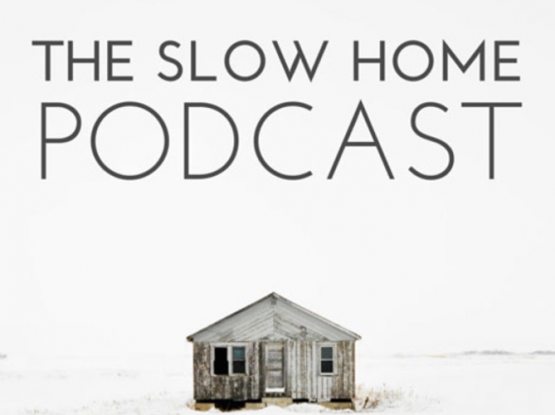9 Tips to Help Children with Difficult Loss
It can be difficult to wrap our minds around the idea of explaining a suicide death to children. Our instinct is to protect our children from the terrible truth and the heart-breaking situation, so a part of us would like to avoid having these conversations. And usually a suicide is sudden, unexpected and we often feel that the death was preventable.
This can create a myriad of feelings in both adults and children including: guilt, blame, anger, worry, social isolation, and anguish about “why”. If the person who died is a family member or friend, the child may not have been aware that he/she was struggling or had any problems.
If there were mental health issues, it is an “inside” disease and is often not talked about because of the stigma and possible judgment from others. Children often do not know that an adult has sought help or treatment. Other children may be well aware of their loved one’s health issues, and struggles.
9 Tips – What have others found helpful:
1. Take care of yourself first:
Allowing your belly to expand as you take a 3- 4 gentle, slow breaths and then exhale super slowly and audibly ahhhhh. (this will switch on your parasympathetic system that calms your nervous system). Give yourself a few moments to collect your thoughts. Think of this initial conversation as laying the groundwork, allowing the child to ask questions and exploring what the child is thinking. It is not the time to share all of the available information.
2. Start with the child’s version:
You may not know where to commence we have found starting with a question is often much easier. Allow the child to share their version of events. “How do you understand what happened to mummy” OR “What have you been thinking about Uncle’s death?” You can then reorient their story if they have misinformation or stay with their version if it feels safer. Trust your own judgement, a story that slowly unfolds is often safer and kinder and more gentle. “she fell off the bridge” It may be perfectly fine to stay with the child’s version of ‘fell’ rather than correcting to the fact that ‘she jumped’. Most children will cope better if they are given detailed facts about the death.
3. Name your feelings:
Children are great at reading facial expressions. Why is aunty looking so different? Why is Papa shaking? When we are processing difficult news, we will experience feelings in waves – therefore it is really helpful to name it: “I am feeling really sad right now” or “I am feeling confused and I know I am showing it.” At the same time, try to stay as calm as possible and take breaks or retreat when needed. Seek and accept emotional supports for you and your family. Children take their cues from adults, and it can be destabilizing to see caregivers extremely emotional.
4. Stick to routines:
This is easier said than done, especially if it is the death of someone vital to your family’s day-to-day life. By definition a traumatic loss disrupts routine, but if you can, keep basics steady –and ask for help from friends or family if you need it. Accept offers of support, even if you do not feel like it yourself, consider if help may be beneficial for the children.
5. Avoid blaming:
Underline that it is not anyone’s fault that this person died—and emphasizing that the death is certainly not the child’s fault. In the course of normal development, children experience “magical thinking” which sometimes leads them to see a death as their fault. Listen for this when your child speaks. And refrain from blaming anyone for the death—even if you are angry and feel that a friend, doctor or someone else was part of the problem. This is not the time to share this.
6. Reassure the children:
It is important to regularly reassure children. You can make simple statements every so often – I am here to support you, no one else is going to leave you, you are safe with us, no one else is planning to die. It may be reassuring for the child to hear that we are not expecting other adults to die this way: “it’s not normal behaviour”. Physical comforts and supports can be very useful – warm drinks, soup, blankets, cushions, hugs, holding hands, allowing them to sit on your lap etc.
7. Offer guidance for story sharing:
Children may need assistance in appropriately sharing with others what has happened, and answering questions. Let them know that they can share what feels comfortable. No one needs to tell anyone everything they know – it is not a lie to keep some areas private. Discuss ideas on how you might answer questions from friends or community. For example, “How did your aunt die?” some children may want to say, “It is private” while others may want to use language such as: “She had an inside illness.” “He was really unwell.” “Her brain was not working properly.” “He has mental health issues.” One family member, reflecting on his brother’s death by suicide said to me once “He died on his own terms.”
8. Stay open for more conversations:
Let children know that they can ask questions and that you may not have all the answers, but that any questions are OK to ask. Most children process a little nugget at a time and will need to ask and re-ask questions. Take the time to gently correct inaccurate information. Children up to ten will be thinking that the dead person is still seeing and hearing everything they say, and will act accordingly, even trying to please the dead person.
Also encourage parents and other carers to involve the children as much as possible to be part of the funeral and funeral preparation. That way they start to comprehend the finality of death.
9. Discuss self-care:
“When I am sad and upset, I like to exercise and talk with friends… what helps you?” Encourage children to play, draw, colour-in, run, dance, play outside – anything to move their feelings from entirely internal to external. This is how children under twelve usually process the things. Toys are their words, and play is their language. You may notice they will ‘play’ out their feelings and emotions. Children may play funeral rites with dolls or other things, this is quite common and to be encouraged.
Be sure to remind the child that if they themselves ever struggle with their feelings, there is always help available. You may model this by example and seek some counselling support for yourself too. You might help them to identify the people in your community from whom they can seek support. And of course encourage the children to see an experienced child therapist.
Support
If you or someone you know is struggling to move on I offer grief counselling for adults. I also offer grief circles, monthly meetings in a warm safe space, support, creative ideas for nurturing memories, a place for healing and sharing. Contact me to register interest, or more information or to book a private counselling session.
**Maarit Rivers offers counselling for children in her Church Point studio you can contact her on 0417 462 115
By Jane Macnaught
Subscribe For More
 Jane Macnaught
Jane Macnaught
E: counsellor@tranquilloplace.com M: +61 425 152 490
Learn More About Jane
Tranquillo Place: Counselling | Mediation | Relationships
We offer private services in our beautiful tranquil room in Mona Vale, Northern Beaches Sydney and online using secure, encrypted Zoom.
Specialists in trauma, anxiety, grief & loss, communication, intimate relationships, compassionate mediation, couples coaching, online courses & training, workshops, and trauma informed practitioner support group.
Talk to us. We would like to hear what’s happening in your life and help you find the right support.
Book a Free Session
Disclaimer: Tranquillo Place makes every effort to provide readers of our website, blogs and newsletters with information which is accurate and helpful. It is not however a substitute for counselling or professional advice. While all attempts have been made to verify all information provided, Tranquillo Place cannot guarantee and does not assume any responsibility for currency, errors, omissions or contrary interpretation of the information provided.
*Please note that this blog post is for informational and educational purposes only. It is not an endorsement of the books. We have created links to the Australian owned online bookstore BOOKTOPIA, and if you purchase with these links the website owner Tranquillo Place will be paid a nominal affiliate fee. We hope you enjoy reading these books.



